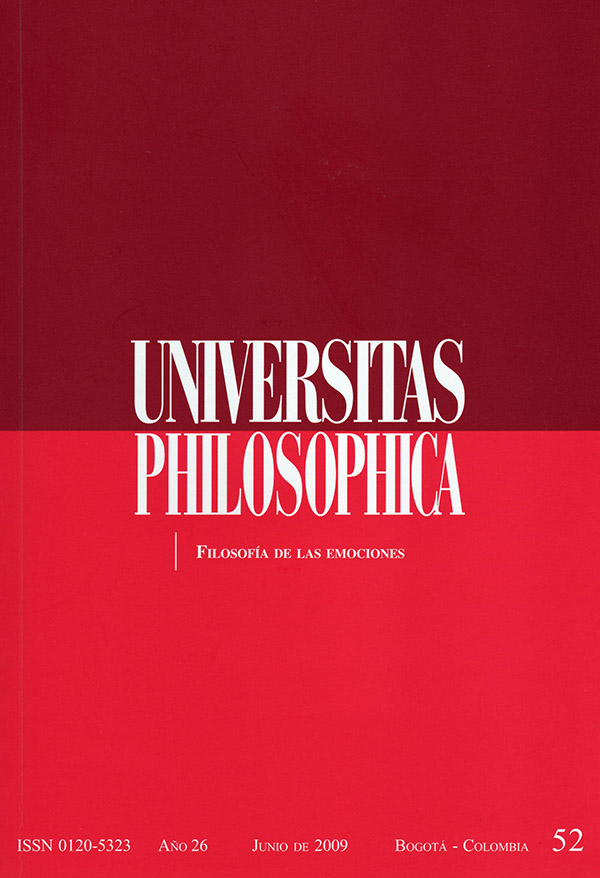Abstract
We present an anaphoric conception of the content of emotions as the key for a proper understanding of their normativity. Assuming an adaptive theory of emotions, they are characterized as a kind of differential responsive disposition involving an evaluative perceptual dimension and an expressive action-oriented dimension. Normativity of emotions mean they are subjected to correction criteria, which are satisfied if and only if the emotional valence assigned to the perceived situation is preserved throughout the expressive process. The preserved valence may be thought of as a kind of nonconceptual content individuated according to an anaphoric recurrence structure. The anaphoric model makes it possible to put the scope of the analysis of emotions on episodes of social interaction among emotional agents and yields explicative benefits in relation to heterogeneous cases, such as those of social referencing.
This journal is registered under a Creative Commons Attribution 4.0 International Public License. Thus, this work may be reproduced, distributed, and publicly shared in digital format, as long as the names of the authors and Pontificia Universidad Javeriana are acknowledged. Others are allowed to quote, adapt, transform, auto-archive, republish, and create based on this material, for any purpose (even commercial ones), provided the authorship is duly acknowledged, a link to the original work is provided, and it is specified if changes have been made. Pontificia Universidad Javeriana does not hold the rights of published works and the authors are solely responsible for the contents of their works; they keep the moral, intellectual, privacy, and publicity rights.
Approving the intervention of the work (review, copy-editing, translation, layout) and the following outreach, are granted through an use license and not through an assignment of rights. This means the journal and Pontificia Universidad Javeriana cannot be held responsible for any ethical malpractice by the authors. As a consequence of the protection granted by the use license, the journal is not required to publish recantations or modify information already published, unless the errata stems from the editorial management process. Publishing contents in this journal does not generate royalties for contributors.


